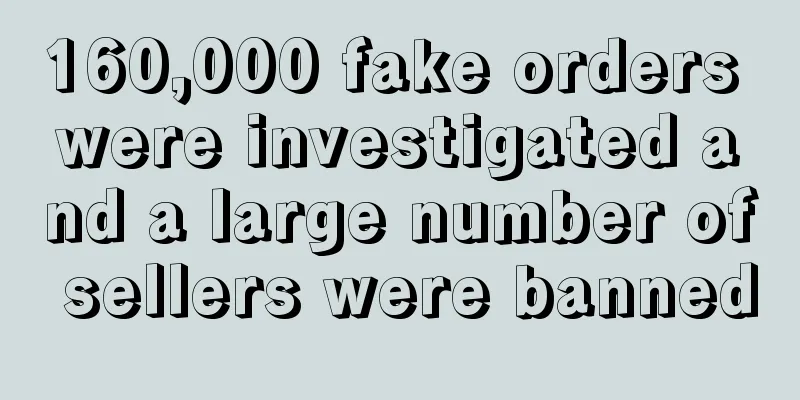Surpass 90% of Amazon operations! 9 ways to find the best Amazon keywords!

|
The importance of keywords is self-evident. Keywords are the key to obtaining traffic. Setting as many keywords as possible that match consumer needs and searches in advertising can help products gain more exposure and traffic. So, what are the methods of finding it? Here are nine methods to share with you! ! ! 1. Amazon front-end search for associated keywords Select the listings with relatively high rankings, download the title, five points, Q&A, and review to conduct word frequency mining statistics. If you don’t know how to crawl, you can use some plug-ins to help, such as SellerSprite . You can download all Q&As with just one click. 1. The core of the keyword library is to be accurate and comprehensive. The main function of the keyword system is to increase the exposure and click volume of products through the inclusion of Amazon or other platforms. The more accurate your keywords are, the more accurate the traffic you get, and the higher the conversion rate. The more comprehensive the keywords are, the more traffic you get. 2. After obtaining the keywords, one thing you need to do is to classify the keyword library. The classification criteria are: popularity, relevance, and product competition . The popularity can be measured according to the ABA ranking, or you can judge it based on the relevance of some plug-ins and search trends; the measurement of relevance is also relatively simple, that is, when you search for the word, the results that appear are highly relevant to your product; as for the product's competition, you can see how many products there are under the keyword to know whether the competition for this word is fierce. The above is a very complete path for keyword acquisition. You can try and practice it according to your needs. High-quality listings are a very critical basis for determining the effectiveness of our subsequent operations. The right keywords can allow Amazon to include your listing more accurately, reach precise customers, and allow buyers to search and discover you. |
<<: How to achieve low-cost differentiated product selection?
>>: Amazon's March and April storage capacity limits are now available
Recommend
Amazon Operation Tips--6 Ways to Get Keywords
If you want to do well on Amazon, data analysis i...
Sellers' revenue doubled in half a year! Uncovering Walmart's supplier DSV plan
Recently, many sellers have inquired about Walmar...
How to dig deep into the associated traffic of Amazon’s competitors?
In fact, if you want to deeply understand the traf...
What is Impressions? Impressions Review
Impressions are the number of times a product is e...
What is Yibai Network? Yibai Network Review
Shenzhen Yibai Network Technology Co., Ltd. was es...
Amazon bugs frequently appear? Free delivery, thousands of orders cancelled...
It is learned that a few days ago, after announcin...
What is AVASK? Review of AVASK
AVASK (UK) Accounting and Business Consultants mai...
What is Coral Cross-border Settlement? Coral Cross-border Settlement Review
Coral Global, a new engine for cross-border e-comm...
What is YouTube? YouTube Review
It is a video sharing website originated from the ...
What is HTS coding? HTS coding review
HTS is the abbreviation of Harmonized Tariff Sched...
What is Zhide Cross-border Talent Network? Zhide Cross-border Talent Network Review
Zhide Cross-border Talent Network (www.gdkuajing.c...
A guide to riding traffic during Amazon Prime Day
1. Price reduction promotion For example, buy one...
Amazon Prime Day may be held in October, and what are the regulations?
Due to the dual outbreak of the epidemic and riots...
This psychological effect can actually increase web page conversion rates?
Anyone who has raised a puppy may have had this ex...
Amazon's return policy has changed! Automatic approval? !
During the epidemic, Amazon relaxed the delivery p...









